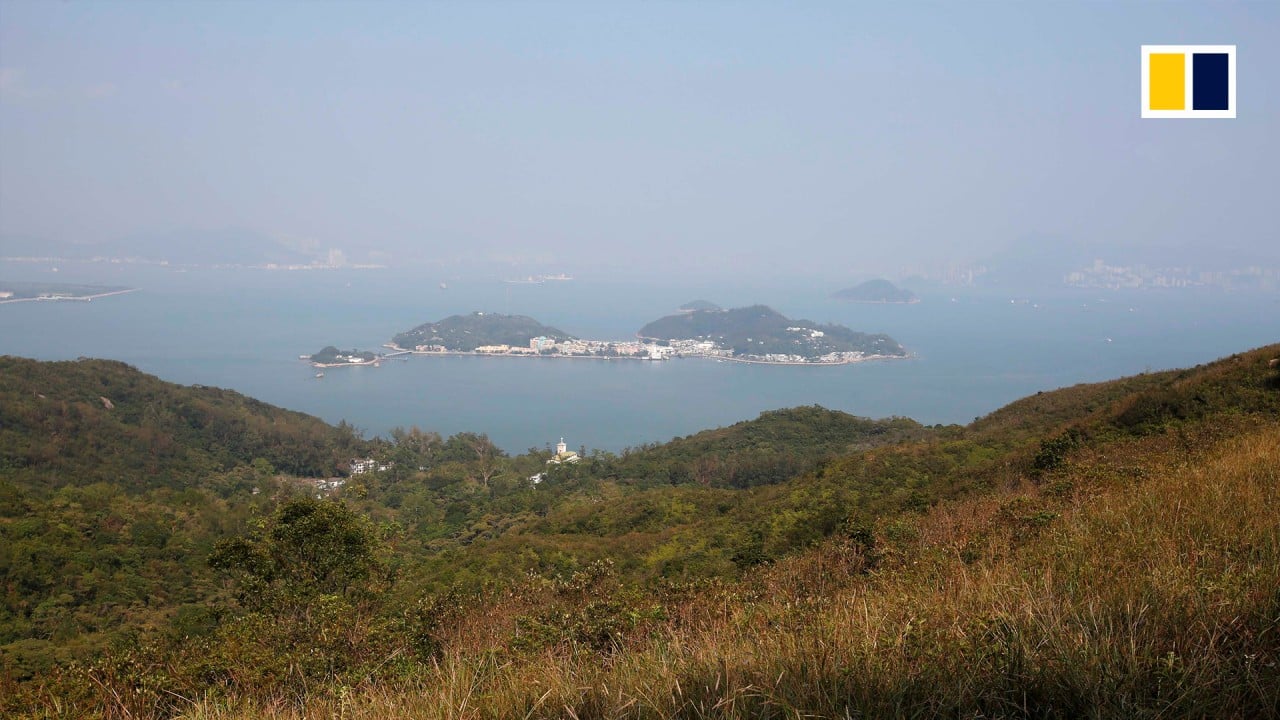
Exclusive | Lantau seafront site to yield ‘thousands of subsidised flats’ in bid to plug Hong Kong’s housing shortfall
- Project, which will also include private homes, set to be announced in coming policy address by city leader, source says
- Development marks first time MTR Corp will contribute to public housing, with up to half of site quota designated as subsidised homes
Chief Executive Carrie Lam Cheng Yuet-ngor will deliver her fourth policy speech on November 25, after delaying it for more than a month to work out measures with Beijing. Among key issues set to be raised are the revitalisation of the city’s ailing economy and development in the Greater Bay Area.
Lam is also expected to report on the progress of a drive to ease the city’s housing shortfall, an issue singled out by state media as a “root cause” of last year’s anti-government protests.

03:59
What does housing have to do with violence over Hong Kong’s extradition bill?
According to a source familiar with the Lantau project, the government has worked out details with the rail giant for a 30-hectare Siu Ho Wan Depot site in the northeastern part of the island. Officials last year urged the MTR Corp to take up “social responsibility” and provide public housing on the plot.
Traditionally, the rail operator reaps profits from luxury property projects at new stations.
Feasibility studies showed the number of flats produced could be even more than the originally planned 14,000 units.
“The move can fully capitalise on the new Siu Ho Wan MTR station,” the source said. “A higher housing yield can also provide room to increase the proportion of public housing while producing a good business case [for the private market].
‘Now’s the time to speed up handling of land issues and unemployment’
“To maintain a viable case, however, the public housing flats are unlikely to make up more than half of the total yield,” the source added. “Public rental flats may not be compatible with private homes.”
Blocks on the waterfront will be reserved for buyers in the private market, while those closer to the highway will be used for subsidised homes, such as those under the Home Ownership Scheme and starter homes initiative for first-time buyers.

The new MTR station on the site will be part of the Tung Chung Line, serving a projected population of more than 37,000.
The Siu Ho Wan site, 5km east of Hong Kong International Airport, was granted by the government to the MTR Corp in 1995 for maintenance and workshop operations. The rail giant would need to pay an extra land premium if private residential and commercial developments were envisaged.
Hong Kong is notorious for its shortage of affordable housing. There are about 156,500 general applicants for public rental flats, with an average waiting time of 5.6 years. This length has increased by 0.1 year from the last quarter, mainly because a new estate was used as a quarantine centre amid the Covid-19 pandemic, and another one was seriously vandalised by anti-government protesters earlier.
Under the long-term housing strategy updated last year, the annual target for total housing supply is 43,000 over the next decade, 70 per cent of which is for public housing, including subsidised homes.

Chan was worried that officials, anxious to recoup the huge infrastructure spending through land sales, would prefer to build subsidised homes instead.
But Lau Chun-kong, a surveyor and member of the former task force on land supply set up by the government, said the housing mix was reasonable, because land for private housing had also been in short supply after authorities removed some residential sites from land sales in recent years.
Meanwhile, sources said other land measures set out in Lam’s policy speech last year had not seen substantial progress.

02:43
Why Carrie Lam’s Lantau land reclamation plan is so controversial

